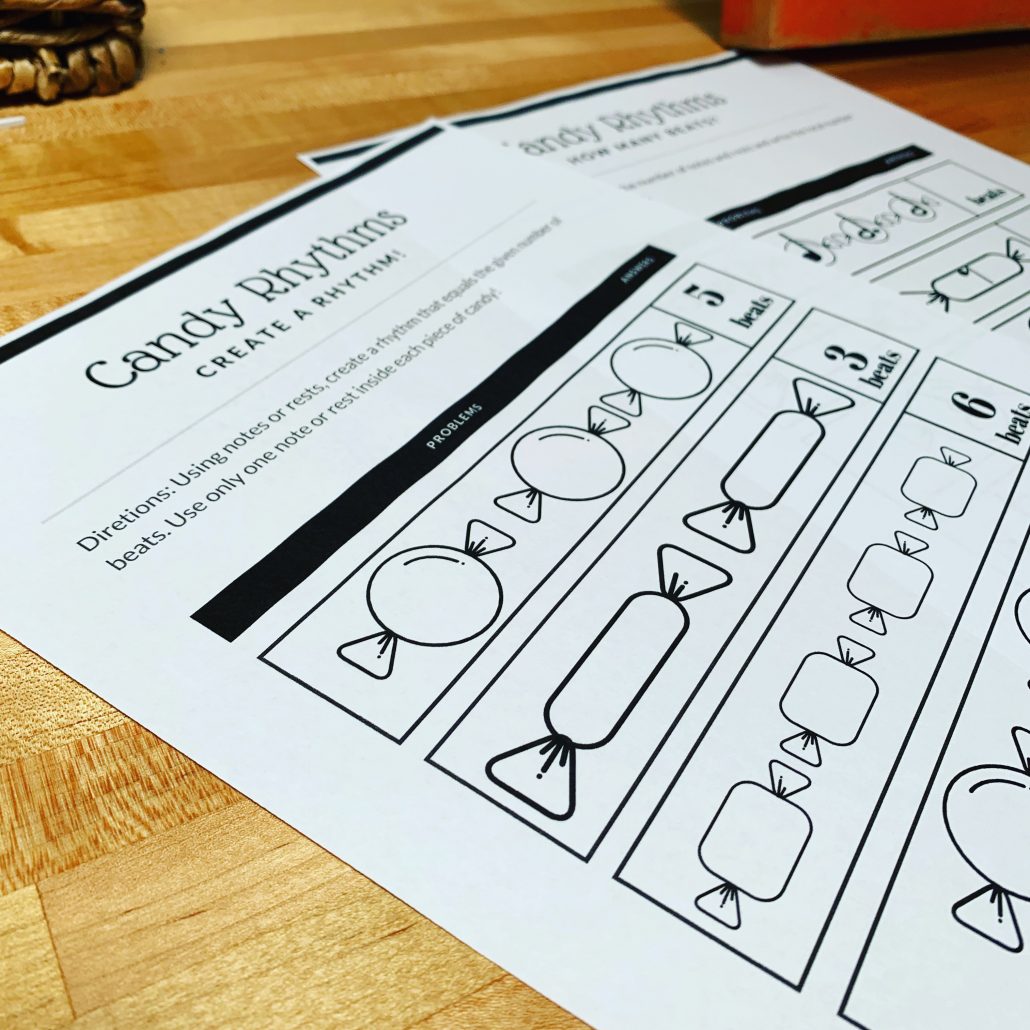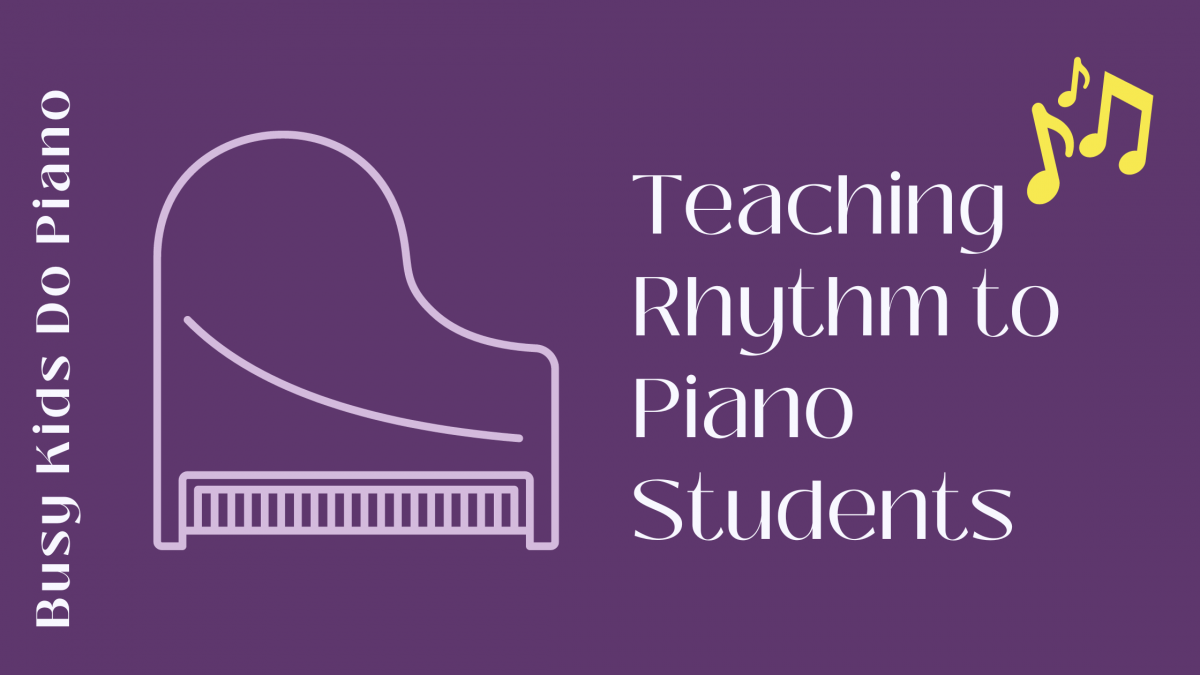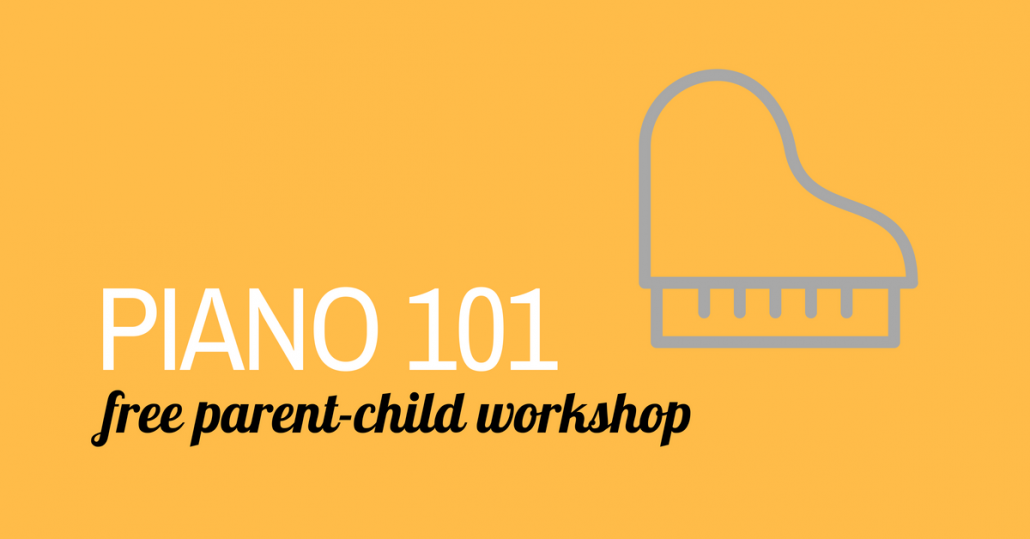Whether I’m having my first in-person piano lesson with a new student or a student is logging in to view their first piano lesson in my online program, that student will be learning the same concept: rhythm.
Teaching rhythm is SUCH an important part of being a piano teacher. There’s an underlying theoretical — really, mathematical — understanding that needs to happen. But, I also have to help my students “feel” rhythm.
Here are some strategies I use when teaching rhythm to help my students both comprehend the theoretical concepts as well as feel and identify rhythms in music.
USE RHYTHM INSTRUMENTS
This gives students a “whole body” learning experience. This is appreciated by all students, but especially my young students, who need a chance to move! Practicing a rhythm on a rhythm instrument gives them a chance to focus solely on the rhythm. If a student is frustrated, this is a wonderful way to reduce frustration. Check out my Amazon storefront for some of my favorite rhythm instruments.
USE WORDS INSTEAD OF NUMBERS
When I first begin teaching rhythm to a student, I often use words rather than numbers. (If you’re a student of my online courses, you’re already familiar with this!) In my preschool course, we say things like “walk, walk, walk, walk” for a quarter note beat. This helps them to feel and understand the beat a little more easily then if they’re counting “1, 2, 3, 4”.
In my Busy Kids program, we say “ta” or “great big whole note” in place of counts. With triplet rhythms, I’ll encourage my students to say something such as “straw-ber-ry” or “blue-ber-ry”. Matching words to rhythm can be a very handy tool to help a student who isn’t “feeling” the numbers!
WORKSHEETS AND MANIPULATIVES
To help students understand the underlying theoretical concepts surrounding rhythms, I employ some of the same strategies I do when I’m working on math with my own kids.
I want students to understand that two beats can be a half note, two quarter notes or four eighth notes. I want them to feel comfortable putting together a rhythm that equals one measure in 4/4 time.
Often the best way for students to understand this isn’t when they’re playing a piece on the piano, but when they’re looking at a rhythm on paper. This takes off some of the pressure of trying to play the rhythm as they analyze it!
Using manipulatives — such as color counting chips — is a helpful tool. We’ll use the chips to break down how many beats are in each note or in a measure. It gives students a helpful visual.
I also create worksheets and written activities for my students to help them practice and become more fluent with rhythm. 
I’ve put together a bundle of printable rhythm worksheets for you to use at home. Download them below.
I hope these strategies help your student become confident in his rhythm. Happy practicing!






Hello,
I love your blog. Nice article, Thanks for the sharing a valuable information about piano.
learn piano singapore